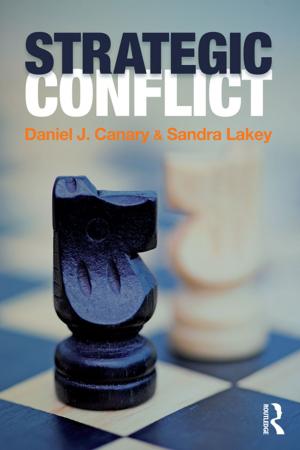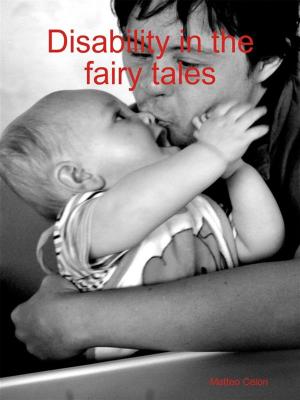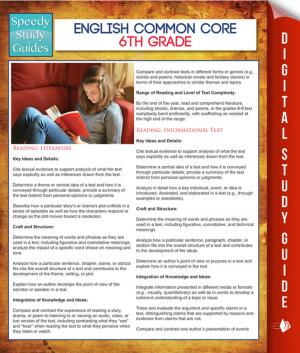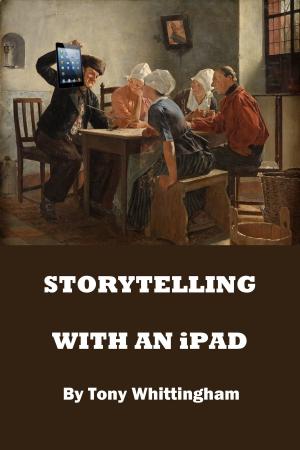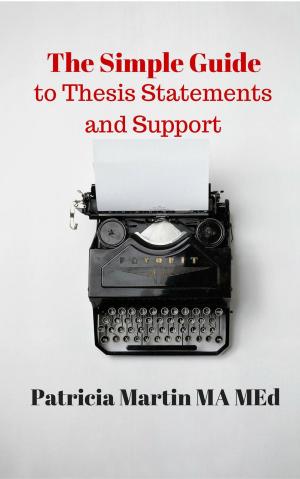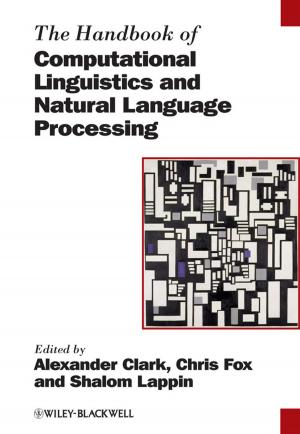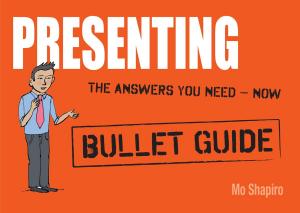Getting Creative: Developing Creative Habits That Work
Business & Finance, Management & Leadership, Time Management, Nonfiction, Health & Well Being, Self Help, Self Improvement, Creativity, Reference & Language, Reference| Author: | Drew Kimble | ISBN: | 9781386822073 |
| Publisher: | Drew Kimble | Publication: | August 2, 2017 |
| Imprint: | Language: | English |
| Author: | Drew Kimble |
| ISBN: | 9781386822073 |
| Publisher: | Drew Kimble |
| Publication: | August 2, 2017 |
| Imprint: | |
| Language: | English |
Plan. Fail. Repeat.
How exactly does anyone have the time and energy to work on their creative projects after coming home from work, catching up on chores, and putting the kids to bed?
Do these people really have more time and energy than the rest of us, or were they were simply born with more self-discipline and motivation?
Maybe they stumbled on some secret system that not only gives them the opportunity, but also the energy to create their art. Or maybe this is all just a bunch of crap that we tell ourselves in order to make us feel better.
Creativity isn’t as easy as it looks
Unfortunately, creativity isn’t some type of switch that you can simply turn on and off at random moments throughout the day. Sitting down to write isn’t like throwing in a load of laundry or checking your email, where if you have a few spare minutes, you can still get something accomplished. You need to plan for creativity.
In Getting Creative, you'll discover:
- Why being motivated and having self-discipline isn’t enough
- Understanding what habits can (and can’t) do for you
- How to find and use your creative triggers
- Successfully managing your creative environment
- Why setting big goals for yourself is often a mistake
- How to hold yourself accountable without beating yourself up
Are you ready to get started?
Creativity is a habit like flossing your teeth—you either do it, or you just talk about doing it. Sure it would be great if we all had all the time and resources to do whatever we wanted to do, but that’s rarely the way life operates, so we just have to do what we can with what we’ve got.
Sometimes you have to get creative to develop creative habits that work.
Plan. Fail. Repeat.
How exactly does anyone have the time and energy to work on their creative projects after coming home from work, catching up on chores, and putting the kids to bed?
Do these people really have more time and energy than the rest of us, or were they were simply born with more self-discipline and motivation?
Maybe they stumbled on some secret system that not only gives them the opportunity, but also the energy to create their art. Or maybe this is all just a bunch of crap that we tell ourselves in order to make us feel better.
Creativity isn’t as easy as it looks
Unfortunately, creativity isn’t some type of switch that you can simply turn on and off at random moments throughout the day. Sitting down to write isn’t like throwing in a load of laundry or checking your email, where if you have a few spare minutes, you can still get something accomplished. You need to plan for creativity.
In Getting Creative, you'll discover:
- Why being motivated and having self-discipline isn’t enough
- Understanding what habits can (and can’t) do for you
- How to find and use your creative triggers
- Successfully managing your creative environment
- Why setting big goals for yourself is often a mistake
- How to hold yourself accountable without beating yourself up
Are you ready to get started?
Creativity is a habit like flossing your teeth—you either do it, or you just talk about doing it. Sure it would be great if we all had all the time and resources to do whatever we wanted to do, but that’s rarely the way life operates, so we just have to do what we can with what we’ve got.
Sometimes you have to get creative to develop creative habits that work.





